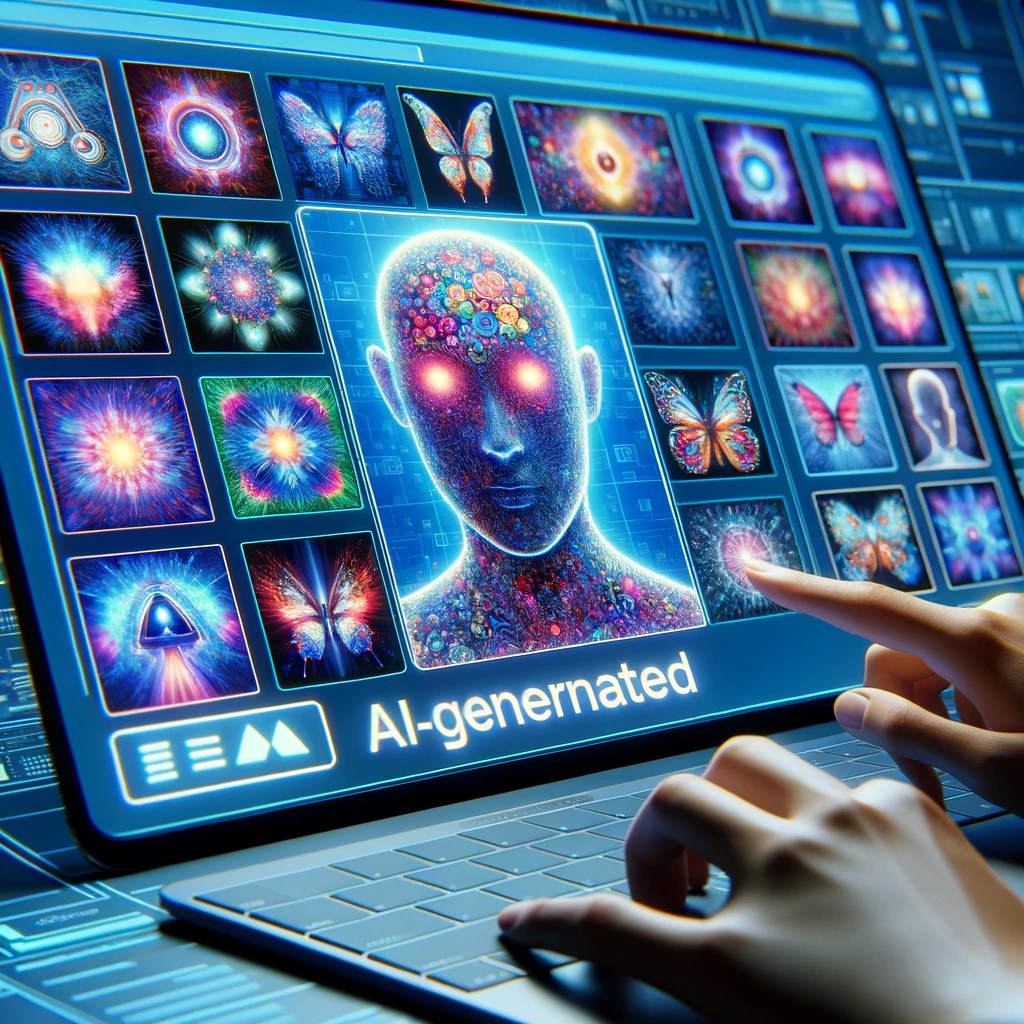Meta announced its plans to increase thelabeling of artificial intelligence-generated images on Facebook, Instagram, and Threads. The goal is to clarify that these images are artificial, as part of a broader fight against misinformation and content manipulation.
According to Meta‘s Nick Clegg, the company is working with industry partners to develop standards that include invisible signals that indicate AI-generated images. These will allow such images shared by users to be labeled. The labels will be applied in all languages supported by the apps in the coming months.
Automatic detection using invisible indicators
Meta is working on tools that can automatically detect invisible cues that indicate AI-generated images, based on C2PA and IPTC standards. This will enable tagging of images produced by Google, OpenAI and other tech companies that are incorporating AI metadata.
For AI-generated video and audio content, there are no widespread invisible signals yet. So Meta is asking users to tag them themselves for now.
Challenge: AI content without invisible signals
One of the critical points in automatically detectingAI-generated content without the use of invisible signals is that it requires the full cooperation and joint efforts of all parties involved, both tech platforms and AI content creators. Meta in particular is trying to make it more difficult for users to remove or alter signals that identify AI-created content, so as to ensure traceability.
However, Meta will continue to work closely with both other tech companies and governments to further improve policies and tools for managing and monitoring AI-generated content on its platforms. The introduction of AI content tagging is a step forward in the fight against misinformation, but several challenges remain to make this system truly effective and comprehensive. Meta will need to continue to invest in automated AI detection technologies and actively collaborate with stakeholders to establish shared guidelines on how to responsibly manage this new category of online content.

